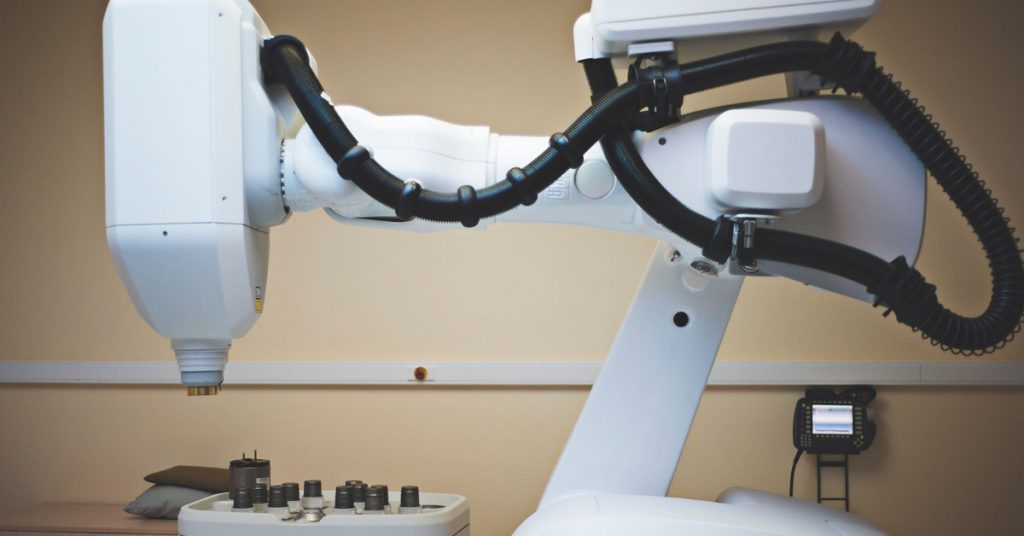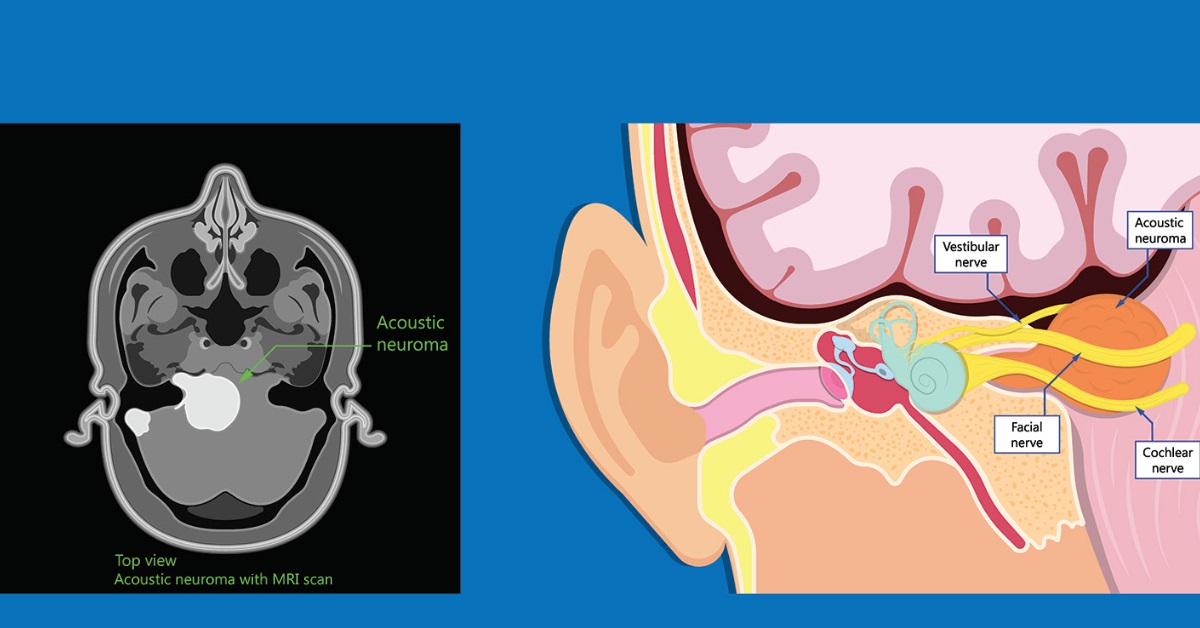Stereotactic Radiation or Radiosurgery involves exposing tumors to radiation from different angles so that the radiations can target the tumor and destroy it. By this procedure, the sole aim is to kill the tumor cells without any radiation to the surrounding healthy tissues of the brain. This is an ideal treatment for patients who are immunocompromised or have large tumors and cannot undergo surgery. However, even young patients can opt for this procedure if they wish to avoid surgery for Acoustic Neuroma in their brain. The Cyberknife system is used to give radiation to the tumors as they have accuracy and prevent the growth of tumors in more than 95% of the cases.
Incorporating Cyberknife System

The Cyberknife System is one of the most promising technological advancements for radiosurgery. The system is used to treat brain tumors including Acoustic Neuroma with precision as the radiation targets the same. The system has a robotic arm to focus the high power beam of radiation on the target tumor while preventing irradiation of the surrounding normal tissues within the brain.
Benefits of Cyberknife Radiosurgery
The Cyberknife Radiosurgery (CKRS) for Acoustic Neuroma is done by a team of medical specialists who have expertise in radiation physics and radiation therapy. This team of specialists excels in performing such procedures and holds extensive experience in the same. While there are other forms of radiosurgery treatment like Gamma Knife-based or LINAC-based, Cyberknife Radiosurgery is the most beneficial. The procedure helps patients to get instant relief from the symptoms and pain of Acoustic Neuroma.
Treatment session for Acoustic Neuroma
CKRS procedure is usually performed by doctors on an outpatient basis as the treatment doesn’t require much time. One may have to undergo single or multiple sessions of this treatment with each session lasting between 60 to 90 minutes. The location, shape, and size of the tumor help to determine the number of sessions for treating Acoustic Neuroma. The doctor will ask you to lie down on a table and the robotic arm of the system will move around you. The radiation treats the tumor without the use of anesthesia and you can immediately go home following the radiosurgery.
FAQs
The radiation therapy will either shrink or even destroy the neuroma completely. However, the results will depend on the type and size of the tumor that one has.
On an average, the success rate of the CKRS procedure is above 97% for a majority of Acoustic Neuroma patients.
If you have a tumor that is around 2.5 cm in diameter or you cannot undergo surgery, you require a CKRS procedure.
The tumor grows around 1.5 mm in size within a year but some tumors may not grow even in 7-10 years.
In most cases, acoustic neuroma responds well to the procedure and has a good prognosis with rare complications.
Cyberknife Radiosurgery is a non-invasive procedure with no involvement of anesthesia or incisions. The session doesn’t last long and hence, you can drive after the treatment; however, if possible, better to avoid.
The procedure of Cyberknife Radiosurgery takes about 1 to 5 sessions spread over a time of 10-15 days. This is very less in comparison to conventional radiotherapy requiring even months.
The procedure of Cyberknife Radiosurgery involves Stereotactic Body Radiation Therapy. The procedure precisely delivers radiation doses while maintaining accuracy.
Some of the advantages of Cyberknife Radiosurgery include pain-free procedure, no need to make cuts, fewer treatment sessions, outpatient procedures, recovery time is less, and can treat various types of tumors.
To simply put, a patient undergoing Cyberknife Treatment does not experience any significant side effects and can instantly return to routine activities.
A single session of Cyberknife Radiosurgery may require around 30 minutes to 2 hours. In most cases, the time required for a single session is very less.

